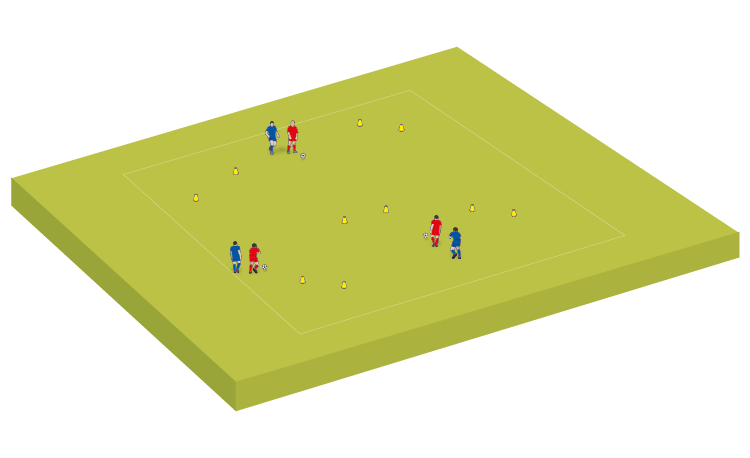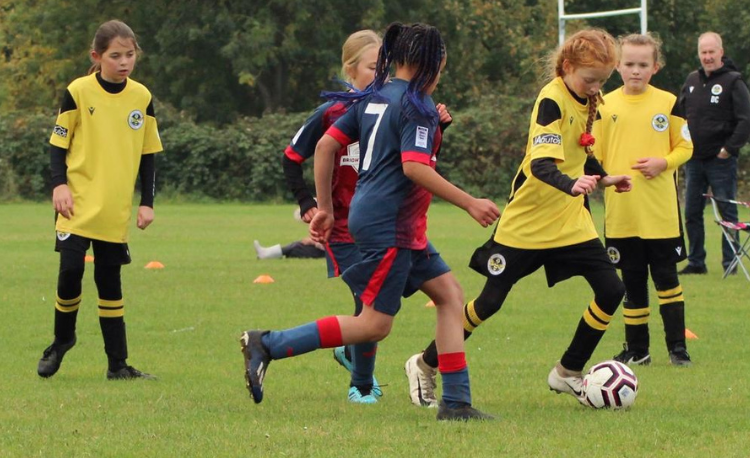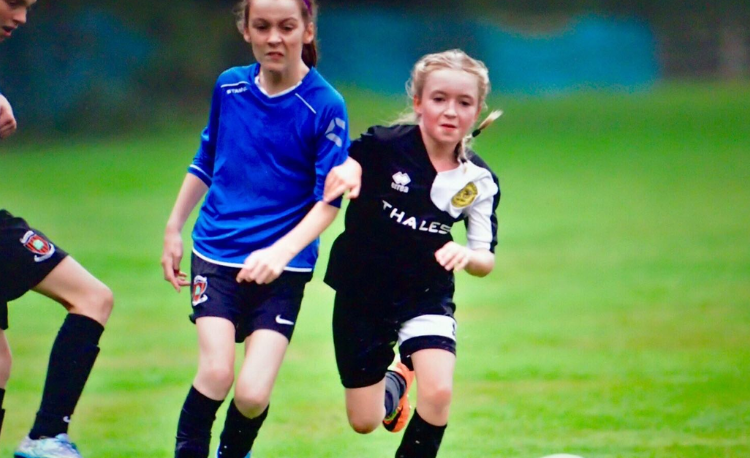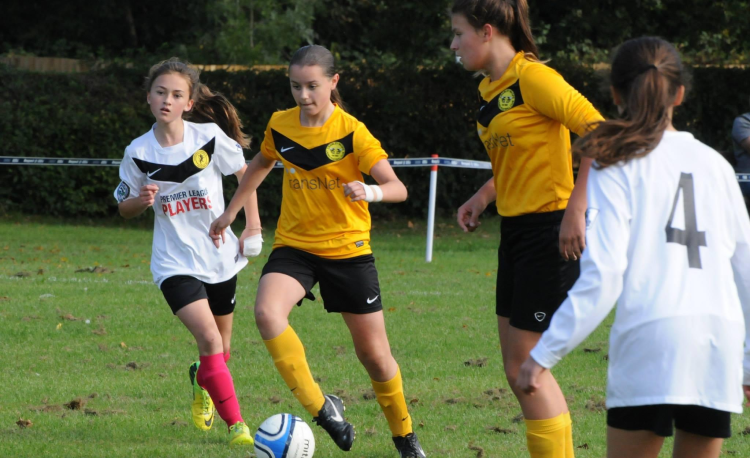How analysis can be utilised in grassroots
You don’t need any expensive technology to pick apart your games, writes JAMES TOLLEY - just pen, paper and an inquisitive mind...
Analysis in soccer is something that is either done in a lot of depth, using expensive equipment, or not done at all.
But there is a middle ground. Don’t think that, just because you are a grassroots coach, you can’t introduce a level of analysis into your club.
I want to discuss some ideas you can use in grassroots matches that don’t take too much time or money, but still deliver the level of detail you need to take your team to the next stage of their development.
Firstly, I want to discuss what I mean by analysis. I don’t mean recording games and watching them back to track data, and I don’t mean scouting the opposition and creating plans for them. You don’t need to go into that depth.
Instead, what I mean is thinking about what actually, objectively, happens on the pitch on a matchday and how you can adapt what you see into training sessions, and how to make training sessions more match relevant.
When I first started analysing my games, my team had started to play some really good football. However, I noticed we quite often played the same few passes and patterns of play in matches to break through the opponent.
This was something I wanted to investigate and understand, so I could know whether this was players solving problems or something I had shown them and was being used as a “rinse and repeat” pattern.
Analysis at grassroots level is gaining an understand of what happens when we play these patterns, and, more importantly, why they happen.
To analyse these patterns of play, I would start with paper, a tactics board and pen. Simple as that.
I first use the tactics board to walk through the patterns I see within a match. I’ll then use pen and paper to write these out in a pad, and use that to dig deeper.
The next step from here is to think like a player. What have I, as the coach, actually taught my players on the training ground? Is that what they’re applying? Is it a player solving a unique problem creatively or is it a prepared solution they are using straight from the training ground?
An example of this within my team would be playing out from the back.
Related Files

Over the summer, and into pre-season, we focused heavily on the techniques and tactical components the players should begin to understand to allow them to play out, such as space, first touch and body shape, and the objectives of playing out from a goal kick.
However, what I hadn’t taken into account is that I had only mentioned about three ways of playing out from the back. So, on a Sunday, what did the players choose to do? Well, obviously, they chose to play in the way I had pointed out.
They weren’t solving problems creatively, but were instead applying a pattern I had demonstrated as a successful option.
They were executing the technical components well, because I had made a big fuss about the movements of the ball. But I hadn’t thought about how they would interpret these ideas - so, rather than taking them and editing them, they used them as a template out of the box.
"They weren’t solving problems creatively - they applied a pattern I demonstrated..."
Bringing this back to analysis informing coaching practice, I got to thinking about how I could adapt this.
As per the process I mentioned before, I first drew out the options I saw most often, and the ones I taught. Then, using these, I started to once again think like a coach, rather than a player - how do the players play? What allows them to play that way? How can I teach some alternative methods of playing?
These were the questions I attempted to answer while I planned my next block of training sessions around that topic - this ensured they were all based around a specific theme taken straight from a matchday.
I made sure that I stressed to the players that what I am showing them when demonstrating in training is one option available, not the only option - and that there will be lots of solutions to problems that I don’t show them.
It is impossible as a coach to cover off all possibilities for your charges. Individual creativity - in all facets of the game - is crucial to solving the problems players face, and the patterns I demonstrate are just one example of this.
So, when you plan your sessions in future based around the sort of patterns you see on a matchday, think about the alternative movements the players could be making and use plenty of questions to get them thinking about other options.
Newsletter Sign Up
Coaches Testimonials
Subscribe Today
Discover the simple way to become a more effective, more successful soccer coach
In a recent survey 89% of subscribers said Soccer Coach Weekly makes them more confident, 91% said Soccer Coach Weekly makes them a more effective coach and 93% said Soccer Coach Weekly makes them more inspired.
*includes 3 coaching manuals
Get Weekly Inspiration
All the latest techniques and approaches
Soccer Coach Weekly offers proven and easy to use soccer drills, coaching sessions, practice plans, small-sided games, warm-ups, training tips and advice.
We've been at the cutting edge of soccer coaching since we launched in 2007, creating resources for the grassroots youth coach, following best practice from around the world and insights from the professional game.











